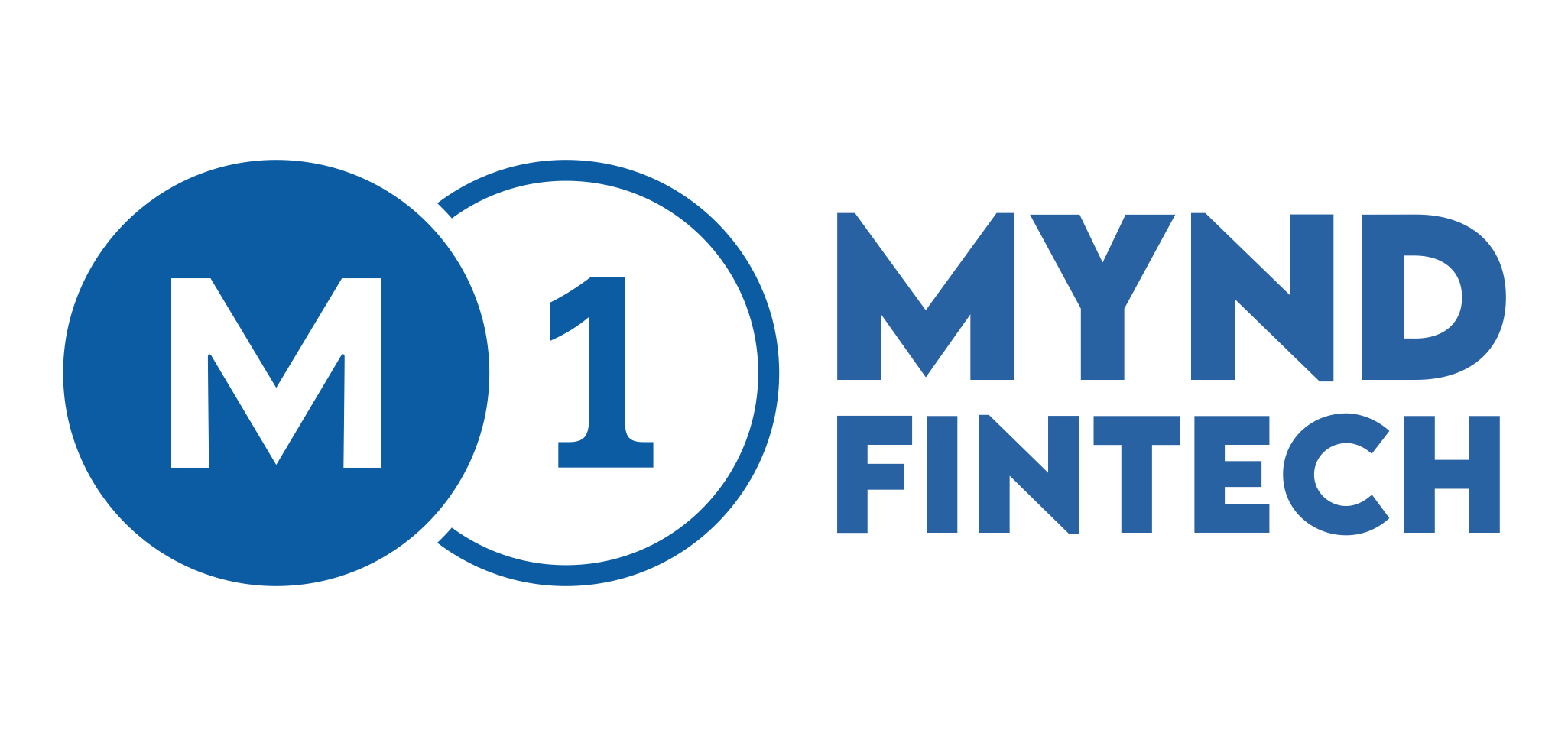Invoice financing has grown in popularity due to rapid access to collateral-free cash and a simplified application process. When invoice or bill financing, accounts for 10% of overall lending from financial institutions, it can help businesses bridge their working capital gaps significantly. Here MyndFintech has made the procedure of obtaining funds through invoice financing pretty easy.
What is invoice financing?
Invoice finance obtains advances against unpaid bills/invoices from clients/customers, accelerating the cash flow. As a result, businesses pay their lender a percentage of the overall invoice amount as a fee. Every business owner knows there can be a large, extended gap between income and cash flow because most clients pay on the last day. So what’s the solution to this problem? Borrowing against the value of the invoices you’ve issued is one option to bridge the gap. This procedure is known as Invoice financing. Invoice finance refers to various invoice-based lending methods, including invoice discounting, selective invoice discounting, invoice factoring, and spot factoring.
Invoice finance obtains advances against unpaid bills/invoices from clients/customers, accelerating the cash flow. As a result, businesses pay their lender a percentage of the overall invoice amount as a fee. Companies & Businesses can use this kind of financing to address their short-term liquidity needs by borrowing a portion of the value of their unpaid invoices as a loan. These unpaid invoices are known as accounts receivables.
It’s the amount owed to a company for goods or services provided or utilized but not yet paid for by its’ buyers.
How Does Invoice Financing Work?
Before deciding on invoice financing, it’s critical to understand how the complete funding process works. The following is a step-by-step explanation of how invoice financing works:
Businesses deliver goods/services to their customers and send them an invoice.
Then, invoice information is sent to the invoice finance provider by businesses.
Within 24-72 hours (MyndFintech takes 24hrs only), the financier evaluates this invoice and disburses a percentage of its value as a loan to the business.
The business can then wait for the payment of the balance of the invoice by the customer. If not paid, the business owners can seek outstanding invoices themselves or have the financier do so on their behalf, depending on the arrangement.
Businesses receive the remaining percentage of their invoice’s value once the client settles the invoice, minus the financier’s specified service fee.
As a result, invoice finance enables businesses stuck due to unpaid bills to mobilize funds.
Example of Invoice Finance:
A customer receives a ₹10,000 invoice from a wholesaler. They usually pay the debt after 60 days. The invoice’s value is locked in for two months, slowing the wholesaler’s cash flow.
On the other hand, the wholesaler has an agreement with an invoice finance company. After raising the invoice, they will lend 80% of the invoice’s amount. The lender receives a copy of the invoice from the wholesaler and sends ₹8,000 (80%) to the wholesaler’s bank account. It’s known as the ‘pre-payment percentage.
The customer deposits ₹10,000 into a lender-controlled trust account after 60 days. Because this is a discreet invoice financing arrangement, the customer assumes they are paying the wholesaler directly. They have no idea what the lender’s job is. After deducting fees and interest, the lender recoups the loan of ₹8,000 and sends the balance to the wholesaler’s bank account.
What are the types of Invoice Financing?
You have two options for invoice financing as a business owner. Invoice factoring and invoice discounting are two of them, and they both have similar working but with different lending structures. Let’s understand in detail:
Invoice Factoring:
Invoice Factoring, also known as debt factoring, allows firms to get funds by selling their unpaid bills to a third-party factoring company.
The factoring company (financier) buys these invoices for a percentage of their total value and then assumes responsibility for collecting their payments.
Invoice Discounting:
On the other hand, Invoice Discounting is done in secrecy or under confidentiality. Under this process, businesses use their customer’s unpaid invoices to raise funds.
In this situation, the company has complete control over the sales ledger and is committed to gathering overdue amounts from clients against invoices.
Regardless of which type of invoice finance one chooses, they can get up to three times more cash than other financing options.
What are the advantages of Invoice financing?
Immediate Cash Flow: Provides quick access to cash by advancing funds against unpaid invoices, helping businesses manage their immediate financial needs.
No Collateral Required: Uses invoices as collateral instead of requiring additional assets or personal guarantees, making it accessible for businesses with limited assets.
Flexible Financing: Scalable with your business growth; as your sales and invoices increase, so does the amount of available financing.
Improves Working Capital: Bridges the gap between sales and cash flow, enabling businesses to cover operational costs and invest in growth opportunities.
Streamlined Process: Fast approval and funding compared to traditional loans, with minimal paperwork and a straightforward application process.
How Much Invoice Finance Cost?
The determination of fees for invoice financing depends on numerous factors, including the invoice value, the number of days financed, the debtor’s creditworthiness, and the length of the commercial relationship. Visit our Invoice Finance page to find out invoice finance costs.
What is required to get invoice financing?
Documents required for invoice financing:-
- The amount of invoice finance that the business requires.
- Financial turnover of your company.
- KYC documents.
- Relevant business-related documents, like invoices, bills, etc.
- Bank account statements.
- The total amount owed on all of your outstanding invoices.
Difference Between Factoring and Invoice Finance
Invoice finance and factoring are two popular methods used by businesses to free up cash flow and improve their financial position. Both involve the business selling their invoices to a third party at a discount, but there are some key differences between the two.
With Invoice Factoring ownership of the invoices transfers to the finance provider. The business no longer has any involvement in chasing payment and the finance provider takes on all the credit risk. This means businesses can release cash flow very quickly but pay higher rates for the privilege.
On the other hand, with invoice finance, the business does not transfer the ownership of the invoice and continues to manage the debtors while the finance provider advances a percentage of the value of the invoice. Once the debtor pays the invoice, the finance provider takes its cut and the business receives the balance.
Conclusion
Invoice Finance is one of the best options for businesses to boost their cash flow. But it becomes confusing when it comes to choosing the right financing partner.
Here, MyndFintech Invoice Financing can be the right pick for your business growth because of the flexibility & reliability it offers. It has an automated system, which then makes financing seamless.
Invoice Finance FAQs:
Q.Is invoice financing a good idea?
Ans: Invoice finance is an excellent funding option for businesses that need to increase their cash flow
No hard assets are required.
No personal guarantees are required.
You may collect up to 95% of your invoice value as soon as you raise it.
You can avoid waiting months for consumers to pay.
Q.How can invoice financing help in bringing positive cash flow to business?
Ans: Suppose a large portion of your company’s assets is locked up in receivables. Those account for a large percentage of your current assets (possibly due to extended payment terms). In that case, invoice finance may help you avoid working capital problems, making invoice finance a viable alternative for small firms.
Q. What is spot factoring?
Ans: Spot factoring, also known as single invoice factoring, is a type of financing that allows businesses to obtain funds quickly by selling their invoices to a third-party lender, but it can also be more expensive than other types of financing. The business and the spot factoring company agree on rates, fees, and terms, then decide which invoice(s) to assign to the factoring company.
Q.What is sales invoice finance?
Ans: In Sales invoice financing a business sells its accounts receivable (invoices) to a financing company at a discount. The financing company then provides the business with a cash advance of a portion of the invoice value. Businesses use cash advances to meet their short-term working capital needs. When the customer pays the invoice, the financing company charges the balance of the invoice value, less financing fees, to the trade.

